Non-Borrowing Spouses
Understanding Non-Borrowing Spouses and the Non-Recourse Feature of Reverse Mortgages

Reverse mortgages can be a valuable tool for older homeowners looking to stay in their homes while accessing the equity they’ve built over time. But if you’re married and only one spouse is listed as the borrower on the loan, it's important to understand what this means—especially for the spouse who is not on the loan.
What Does Non-Recourse Mean?
One of the most reassuring features of a reverse mortgage (specifically a Home Equity Conversion Mortgage, or HECM) is that it’s a non-recourse loan. Here's what that means for you and your family:
- Your home is the only asset used to repay the loan.
- If the loan balance ends up being more than what your home is worth when it’s sold,
you or your heirs will never be responsible for that shortage.
- The FHA insurance covers the difference—not your other assets, savings, or family’s finances.
💡 Compare that to a traditional mortgage (a full recourse loan), where if your home’s value drops and you owe more than it’s worth, you’re responsible for the shortfall—either by paying out of pocket or doing a short sale.
Who is a Non-Borrowing Spouse?
In a reverse mortgage, a non-borrowing spouse is someone who:
- Was
married to the borrower at the time the reverse mortgage closed,
- Was
listed in the loan documents as a non-borrowing spouse,
- And
continues to live in the home as their primary residence.
It’s essential that the non-borrowing spouse meets these qualifications to be eligible for protections under the HECM program.
What Happens If the Borrower Passes Away?
If the borrower passes away:
✅ The non-borrowing spouse can remain in the home, even though they’re not on the loan.
🚫 However, they will no longer receive any disbursements—such as monthly payments or access to the line of credit. The loan is now in what's called a "deferral period."
To continue living in the home, the non-borrowing spouse must:
- Keep
paying property taxes and homeowners insurance,
- Maintain the home, and
- Follow all other loan terms outlined by HUD.
🏥 Important: If the borrower moves into a nursing home or assisted living facility for more than 12 consecutive months, the loan becomes due—even if the non-borrowing spouse still lives in the home.
Reverse mortgages can provide meaningful financial flexibility for aging homeowners, but it’s crucial to understand the details—especially when one spouse isn’t on the loan.
If you or a loved one is considering a reverse mortgage, make sure to:
- Discuss the implications with a trusted housing counselor or reverse mortgage specialist,
- Ensure all spouses are properly documented at closing,
- And understand both the protections and limitations in place.
A little planning goes a long way in making sure everyone in the household is protected—today and into the future.
Author: Kinga Wulczynska-Lauer
Disclaimer:
Retirement In Reverse is a mortgage company dedicated to serving older adults, financial planners, and wealth managers with a strong focus on education and informed decision-making. While we strive to provide helpful information on a variety of topics, we are not experts in all areas. That’s why we collaborate with a trusted network of professionals—including attorneys, tax advisors, and financial planners—to help connect you with the right expert based on your individual needs. The information provided in this article is for educational and illustrative purposes only. Before making any financial, legal, or lifestyle changes, we strongly recommend consulting with a qualified professional who can review your personal situation. If you are considering Reverse Mortgage, call Ted Lange at 760-753-1568 to learn more.



